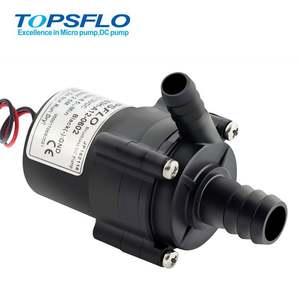
24v Water Pump TOPSFLO High-end Mini Dc Quiet Pump Factory 12V Or 24v Centrifugal Mini Water Pump Brushless BLDC Food Grade Water Pump

2'' Diaphragm Pump 3/8'' 1/2'' 1'' 1.5'' 2'' 2.5'' 3'' 4'' Stainless Steel Pneumatic Double Diaphragm Pump




















Double inlet water pumps are integral components in various industrial and agricultural settings, designed to efficiently move water and other fluids. These pumps feature two separate inlets, allowing them to handle a higher volume of fluid with greater stability and balance during operation.
The versatility of double suction centrifugal pumps extends to multiple applications, including irrigation, municipal water supply, and in industries where large volumes of water transfer are necessary. Their robust construction makes them suitable for handling not just clean water, but also fluids with a certain degree of impurity, such as in flood mitigation or sewage treatment scenarios.
Industrial water pumps like these are engineered for efficiency, aiming to minimize energy consumption while maximizing flow rates. The double inlet design contributes to this efficiency by providing a balanced flow, reducing the hydraulic load on the pump and potentially extending its operational lifespan.
Materials used in the construction of heavy-duty water pumps are chosen for their durability and resistance to corrosion. Typically, these materials include various grades of stainless steel, cast iron, and other alloys, ensuring that the pumps can withstand the rigors of continuous operation in challenging environments.
One of the primary advantages of double inlet water pumps is their ability to lift fluids from significant depths, making them ideal for deep wells or underground reservoirs. The design also contributes to a more stable operation, reducing vibration and wear over time.
When selecting a centrifugal water pump, it is crucial to consider the specific requirements of the application, such as the required flow rate and the nature of the fluid to be pumped. The physical size and configuration of the pump must also be compatible with the installation space to ensure efficient operation and maintenance access.